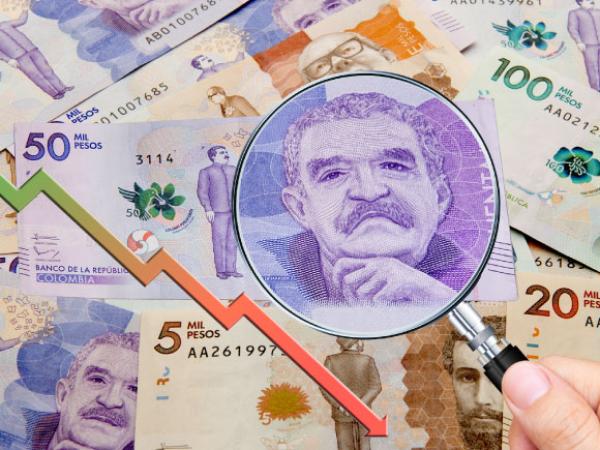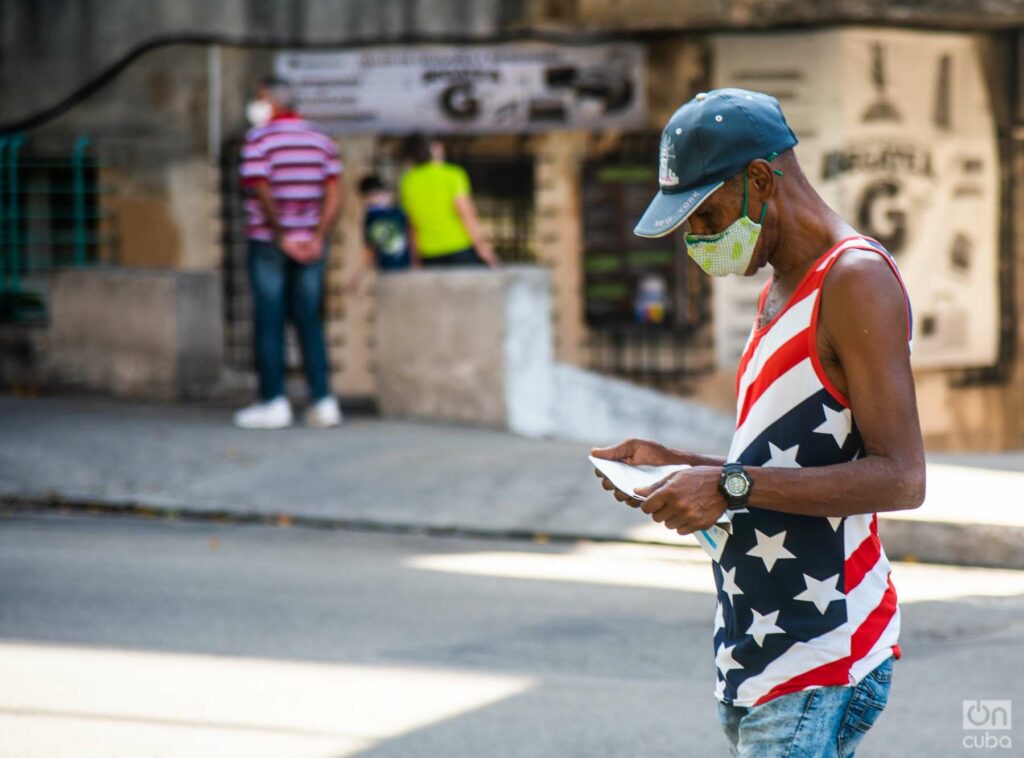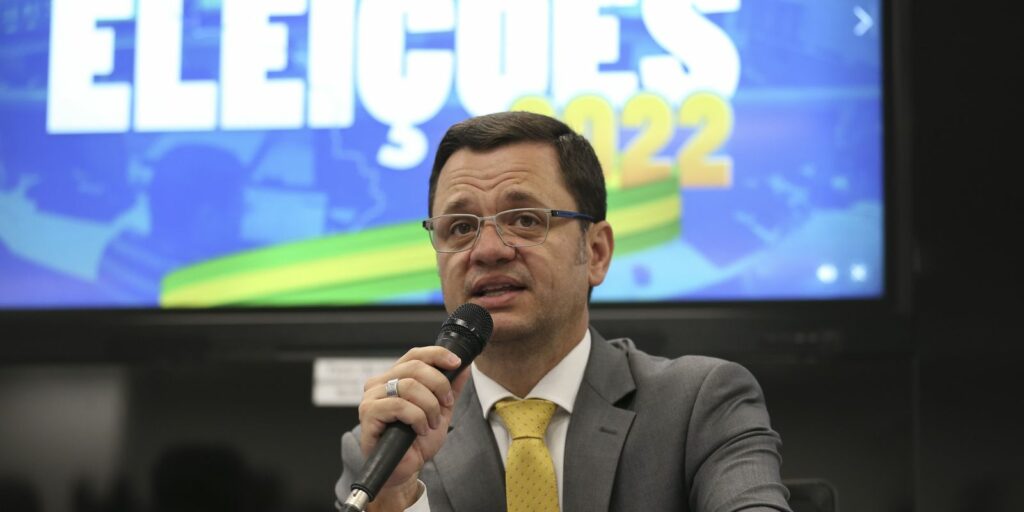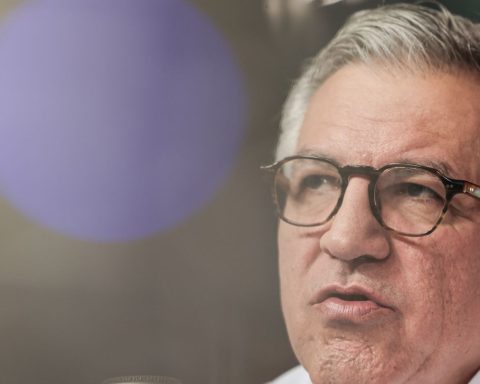The Colombian peso weakened and swap rates tumbled after the central bank unveiled a smaller-than-expected interest rate hike, even as consumer prices rose at the fastest pace in 23 years.
(Read: The dollar in Colombia is less than 7 pesos from the 4,600 pesos).
The peso was the third worst in the world on Friday, September 30, among more than 140 currencies followed by Bloomberg, registering a drop of up 1.2% to 4,593.36 per US dollar, while two-year swap rates fell 32 basis points, the biggest drop since July.
Along with this, the Representative Market Rate was positioned, for this weekend, at $4,590.54 pesos.
On the one hand, the central bank raised the interest rate on Thursday to 10%, with six board members voting in favor of the measure, while one advocated a lesser half percentage point increase. “This will continue to fuel pressure on the peso,” Daniel Rico, a strategist at RBC Capital Markets in New York, said in a message.
“They sent a message that inflation expectations will deteriorate, especially when considering the impact of higher gasoline prices, talks about the minimum wage and the effect that indexation will have in 2023,” Rico said.
Morgan Stanley strategists Ioana Zamfir and Lucas B Almeida advised clients to bet against the Colombian peso aiming for the currency to drop to 4,755 per US dollar.
(Also: Dollar: what is the reason for its ups and downs in recent days).
Along with it, “the market has constantly been expecting more aggressiveness from the central bank. At least 150 basis points of increase were expected“, according to Juan Eduardo Nates, senior foreign exchange associate at Credicorp Capital.
Likewise, the outside market “has punished the bank’s not-so-aggressive stance a bit” with the aggravating circumstance that one of the members voted for a rise of only 50 basis points. For the expert, it is a rather wrong signal about what is happening within the institution and the objective of controlling inflation.
Along with this, there is a demand factor that is key and may be having an impact, possibly because of some investors who are thinking take your assets out of the country, points out the expert.
Now, Nates also acknowledges that the inflation data that will be known the other week is key to defining the position of the market that is uncertain about the measures that are being taken to control the increases in the IPC.
“Over the next few months, there are signs of a slowdown in productive activity“, the bank said in its statement. “Fears of a global recession have increased, causing reductions in the prices of raw materials,” he said.
(Also: Why Entrepreneurs Are Already Feeling the Burden of Interest Rates.)
For their part, policymakers lowered their forecast for economic expansion next year to 0.7% from a previous estimate of 1.1%.
Julián Cárdenas, an analyst at pension fund manager Protección SA, said the slower pace of monetary tightening sends a signal that the authorities are nearing the end of the hike cycle. That cycle has seen the steepest series of interest rate hikes in Colombian history, beginning a year when the key rate was 1.75%.
The economy is forecast to grow at the fastest pace among the major Latin American economies this year, driven by strong domestic demand, before slowing sharply next year. The bank raised its expansion outlook for 2022 from 6.9% to 7.8%.
Elsewhere in the region, Mexico raised its policy rate three-quarters of a percentage point to 9.25% on Thursday. Brazil’s central bank ended an 18-month series of rate hikes this month, while Chile’s central bank said interest rates may need to rise significantly.
The Colombian inflation accelerated to 10.8% in August, driven by a 26% increase in food prices. Economists surveyed by the central bank expect it to end the year at 11.3%, more than triple the 3% midpoint of the bank’s target range.
(See: How has consumption behavior been in Colombia?).
Inflation around the world is skyrocketing.
istock
Colombian politicians are also preparing to an increase in fuel prices as the government of President Gustavo Petro begins to phase out gasoline subsidies starting next month. The Petro is also expected to push through a big increase in the minimum wage, which would take effect from January.
Yesterday’s rate decision was forecast by 10 of 29 analysts surveyed by Bloomberg. Eighteen predicted an increase of 1.5 percentage points, while one expected 1.25 percentage points. It was the first monetary policy meeting for Finance Minister José Antonio Ocampo, who took office alongside Petro last month.
PORTFOLIO AND BLOOMBERG


















